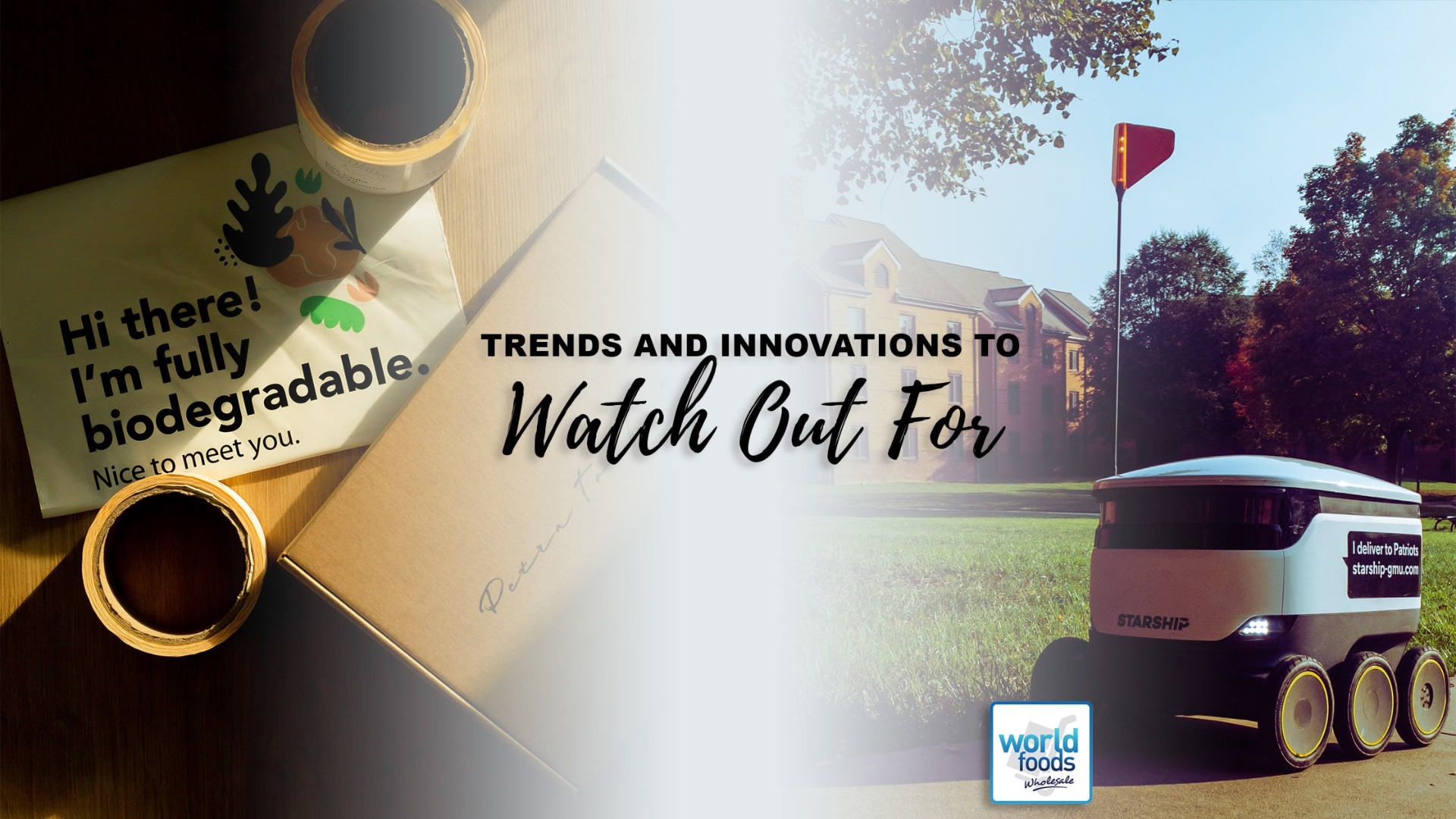The Future of Grocery Shopping: Trends and Innovations to Watch Out For
With new innovative solutions, grocery stores are rapidly changing and becoming more efficient. New technologies are allowing stores and customers to enjoy a more idyllic experience as they are smoothing out operations and interactions. This has stimulated changes in consumer behaviour as customers desire a straightforward, customized, and sustainable experience. This article will dive into some of the hottest trends and innovations that are changing the industry. We will explore how artificial intelligence is used for personalization and deliveries. We will be examining the growth of micro-fulfilment centres and the rise of multi-purpose stores. Lastly, we will be talking about the demand for sustainable products and operations, and the impact on consumer behaviour and the business. Keep reading to take a small peek at the technology that is slowly changing the grocery retailing industry.
Artificial Intelligence
The popularity spike of online grocery shopping is expected to continue growing in the same direction for years to come. The convenience of online shopping allows customers to easily search for and order products from their sofas. Technological advances like artificial intelligence (AI) are key to the future of customer experience. An example of this is that certain retailers are utilizing it to provide accurate recommendations based on their browsing behaviour and past purchases. According to White Label Loyalty, customers expect a personalized experience. That is why personalization can provide a company with more understanding of its customers, creating a deeper connection with them. Ultimately, this will increase loyalty, with customers browsing, engaging, and buying more items.
Delivery is also something that’s slowly being changed by these advancements. Companies like Starship Technologies have been providing delivery services through small, energy-efficient robots. In the UK, stores in Northampton, Milton Keynes and Cambourne, Cambridgeshire, have been using these small robots to complete deliveries to nearby customers. All in all, the improvement of machine learning and AI is set to disrupt, at least in part, grocery purchase dynamics. Personalisation and convenience are something that you should implement in your plans as they improve customer experience, increasing customer loyalty.
Sustainability
A major focus in the industry is sustainability. Consumers are becoming more environmentally conscious, which inevitably shifts the demand for more eco-friendly products. Sustainability has become a huge topic in recent years, and not only due to the environment. Customers want to know that their products are ethically sourced as they do not want to support precarious production practices. According to Winsight Grocery Business, 77% of customers believe that sustainability is a key factor when deciding their purchase. Consumers have many reasons to buy sustainable products, but their environmental impact is a key reason why. Furthermore, sustainable product sales rates have increased 2.7 times faster than traditional ones.
In the near future, investing in clean power for your company may benefit you in the long run. Apart from scoring a few PR points, the rise in the efficiency of clean power is leading to less overhead costs for certain companies. Renewable energy, like solar, can help reduce costs by offsetting recurrent fees with near-discounted monthly payments. Additionally, food waste can be used to create organic fertilizer. This way, you’re not only helping to reduce waste but also helping local farmers to create better quality products. This situation helps everybody and can put you in good faith with local suppliers, helping you to negotiate better prices in the future.
Micro-Fulfilment Centres
A new type of fulfilment centre has taken retailing by storm. Micro-fulfilment centres are small warehouses that use robotic technology to rapidly pick and pack orders. E-commerce grocery companies can benefit from implementing them into their long-term strategy. These centres are located within urban areas and are geared towards quickly delivering items to neighbouring customers. These are cheaper & more efficient than a single-location warehouse. Due to their location, they can also fulfil a large number of orders at lower transportation time and costs.
Another factor that lowers costs is the robotic machines. These can help to lower labour costs as less staff will be focused on performing menial, tedious tasks. These savings can be shifted to improve customer service or marketing. With the popularity of these centres slowly increasing it is important to keep these in mind as part of your future strategy. Leveraging automation can help you in the long run as the demand for online shopping continues to surge.
From the use of artificial intelligence to the focus on sustainability, demand for changes is increasing in the grocery industry. Although some of these points seem out of the picture, it is good to understand the path your company needs to take when planning future expansion and growth. Embracing these coming changes will enable stores to provide a more personalized and satisfactory experience to their customers.


Comments
Leave A Reply
Your email address will not be published.